Porsche 2009 Annual Report Download - page 107
Download and view the complete annual report
Please find page 107 of the 2009 Porsche annual report below. You can navigate through the pages in the report by either clicking on the pages listed below, or by using the keyword search tool below to find specific information within the annual report.-
 1
1 -
 2
2 -
 3
3 -
 4
4 -
 5
5 -
 6
6 -
 7
7 -
 8
8 -
 9
9 -
 10
10 -
 11
11 -
 12
12 -
 13
13 -
 14
14 -
 15
15 -
 16
16 -
 17
17 -
 18
18 -
 19
19 -
 20
20 -
 21
21 -
 22
22 -
 23
23 -
 24
24 -
 25
25 -
 26
26 -
 27
27 -
 28
28 -
 29
29 -
 30
30 -
 31
31 -
 32
32 -
 33
33 -
 34
34 -
 35
35 -
 36
36 -
 37
37 -
 38
38 -
 39
39 -
 40
40 -
 41
41 -
 42
42 -
 43
43 -
 44
44 -
 45
45 -
 46
46 -
 47
47 -
 48
48 -
 49
49 -
 50
50 -
 51
51 -
 52
52 -
 53
53 -
 54
54 -
 55
55 -
 56
56 -
 57
57 -
 58
58 -
 59
59 -
 60
60 -
 61
61 -
 62
62 -
 63
63 -
 64
64 -
 65
65 -
 66
66 -
 67
67 -
 68
68 -
 69
69 -
 70
70 -
 71
71 -
 72
72 -
 73
73 -
 74
74 -
 75
75 -
 76
76 -
 77
77 -
 78
78 -
 79
79 -
 80
80 -
 81
81 -
 82
82 -
 83
83 -
 84
84 -
 85
85 -
 86
86 -
 87
87 -
 88
88 -
 89
89 -
 90
90 -
 91
91 -
 92
92 -
 93
93 -
 94
94 -
 95
95 -
 96
96 -
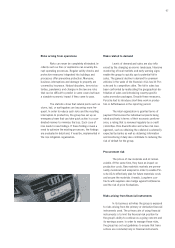 97
97 -
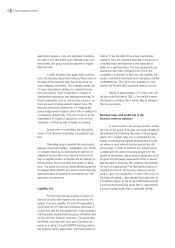 98
98 -
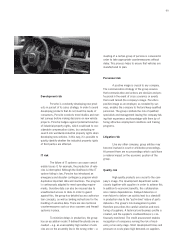 99
99 -
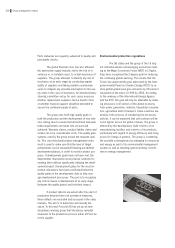 100
100 -
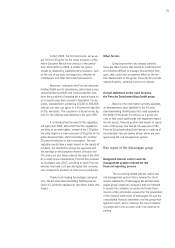 101
101 -
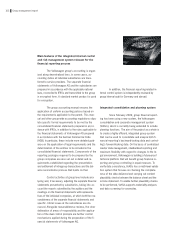 102
102 -
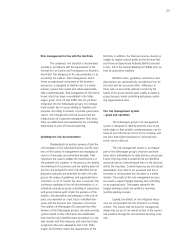 103
103 -
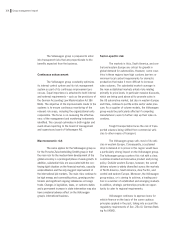 104
104 -
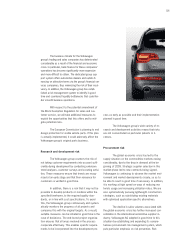 105
105 -
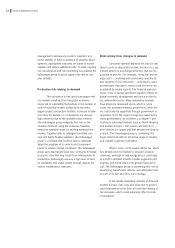 106
106 -
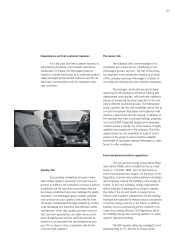 107
107 -
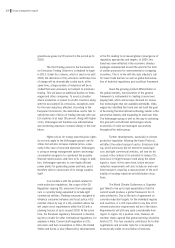 108
108 -
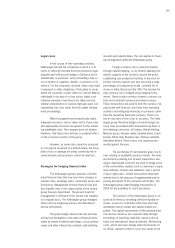 109
109 -
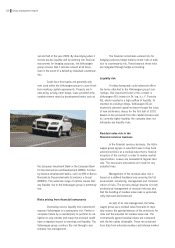 110
110 -
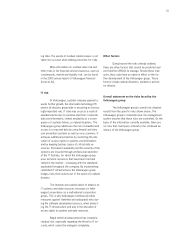 111
111 -
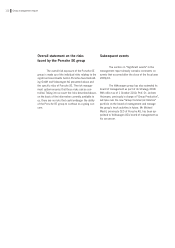 112
112 -
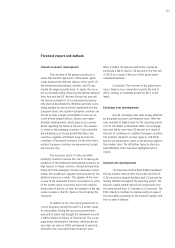 113
113 -
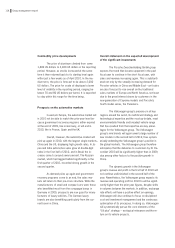 114
114 -
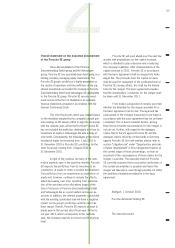 115
115 -
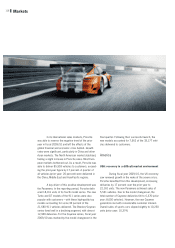 116
116 -
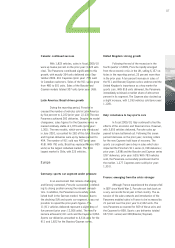 117
117 -
 118
118 -
 119
119 -
 120
120 -
 121
121 -
 122
122 -
 123
123 -
 124
124 -
 125
125 -
 126
126 -
 127
127 -
 128
128 -
 129
129 -
 130
130 -
 131
131 -
 132
132 -
 133
133 -
 134
134 -
 135
135 -
 136
136 -
 137
137 -
 138
138 -
 139
139 -
 140
140 -
 141
141 -
 142
142 -
 143
143 -
 144
144 -
 145
145 -
 146
146 -
 147
147 -
 148
148 -
 149
149 -
 150
150 -
 151
151 -
 152
152 -
 153
153 -
 154
154 -
 155
155 -
 156
156 -
 157
157 -
 158
158 -
 159
159 -
 160
160 -
 161
161 -
 162
162 -
 163
163 -
 164
164 -
 165
165 -
 166
166 -
 167
167 -
 168
168 -
 169
169 -
 170
170 -
 171
171 -
 172
172 -
 173
173 -
 174
174 -
 175
175 -
 176
176 -
 177
177 -
 178
178 -
 179
179 -
 180
180 -
 181
181 -
 182
182 -
 183
183 -
 184
184 -
 185
185 -
 186
186 -
 187
187 -
 188
188 -
 189
189 -
 190
190 -
 191
191 -
 192
192 -
 193
193 -
 194
194 -
 195
195 -
 196
196 -
 197
197 -
 198
198 -
 199
199 -
 200
200 -
 201
201 -
 202
202 -
 203
203 -
 204
204 -
 205
205 -
 206
206 -
 207
207 -
 208
208 -
 209
209 -
 210
210 -
 211
211 -
 212
212 -
 213
213 -
 214
214 -
 215
215 -
 216
216 -
 217
217 -
 218
218 -
 219
219 -
 220
220 -
 221
221 -
 222
222 -
 223
223 -
 224
224 -
 225
225 -
 226
226 -
 227
227 -
 228
228 -
 229
229 -
 230
230 -
 231
231 -
 232
232 -
 233
233 -
 234
234 -
 235
235 -
 236
236 -
 237
237 -
 238
238 -
 239
239 -
 240
240 -
 241
241 -
 242
242 -
 243
243 -
 244
244 -
 245
245 -
 246
246 -
 247
247 -
 248
248 -
 249
249 -
 250
250 -
 251
251 -
 252
252 -
 253
253 -
 254
254 -
 255
255 -
 256
256 -
 257
257 -
 258
258 -
 259
259 -
 260
260 -
 261
261 -
 262
262 -
 263
263 -
 264
264 -
 265
265 -
 266
266 -
 267
267 -
 268
268 -
 269
269 -
 270
270 -
 271
271 -
 272
272 -
 273
273 -
 274
274 -
 275
275
 |
 |

Dependence on fleet customer business
As in the past, the fleet customer business is
experiencing increasing concentration and interna-
tionalization. In Europe, the Volkswagen group ex-
tended its market lead thanks to its extensive product
range and target group-oriented customer care. No de-
fault risks concentrations exist for individual corpo-
rate customers.
Quality risk
Ever-growing competitive pressure means
that product quality is becoming more and more im-
portant. In addition, the continuous increase in vehicle
complexity and the new drive technologies that are
becoming established pose new challenges for quality
assurance. The Volkswagen group combats potential
risks arising from poor quality in new vehicles from
the design and development stage onwards by continu-
ously developing new expertise and extensive safety
mechanisms. In this way, quality assurance ensures
that customer expectations are taken into account
when designing new vehicles and that practical ex-
perience is incorporated into the development proc-
ess. This is done in close cooperation with all divi-
sions and with suppliers.
Personnel risk
The individual skills and knowledge of its
employees are a major factor contributing to the
Volkswagen group’s success. The aim of becoming
top employer in the automotive industry at all levels
of the company improves Volkswagen’s chances of
recruiting and retaining the most talented employees.
The strategic, end-to-end personnel devel-
opment gives all employees attractive training and
development opportunities, with particular emphasis
placed on increasing technical expertise in the com-
pany’s different vocational groups. The Volkswagen
group counters the risk that knowledge will be lost as
a result of employee fluctuation and retirement with
intensive, department-specific training. In addition to
the standard twin-track vocational training, programs
such as the StIP integrated degree and traineeship
scheme ensure a steady rise in the number of highly
qualified new employees in the company. The Volks-
wagen group has also expanded its base of senior
experts in the group to ensure that the valuable
knowledge of specialists leaving Volkswagen is trans-
ferred to other employees.
Environmental protection regulations
The new German Energy Conservation Regu-
lation (EnEV 2009), which entered into force in Ger-
many on 1 October 2009, aims to help reach na-
tional climate protection targets. On the basis of this
Regulation, economically usable potential in buildings
will be tapped, making the buildings more energy ef-
ficient. To this end, buildings’ energy requirements
will be adjusted in keeping with economic viability,
the state of the art and trends in energy prices.
Stricter heat insulation requirements for the building
envelope are expected to reduce annual consumption
of primary energy sources in the future. In addition,
building services engineering will be required to be-
come more energy efficient. This Regulation will af-
fect building design and servicing facilities for Volks-
wagen’s industrial buildings.
The G20 member states have pledged to limit
global warming to 2°C and aim to reduce global
107
